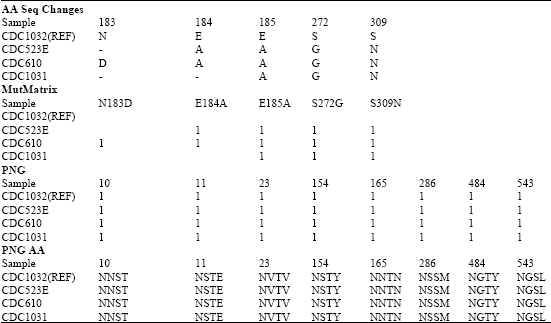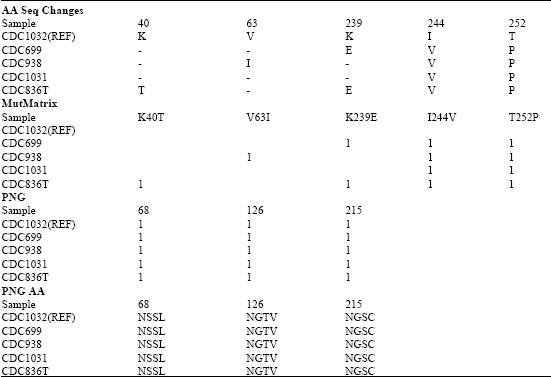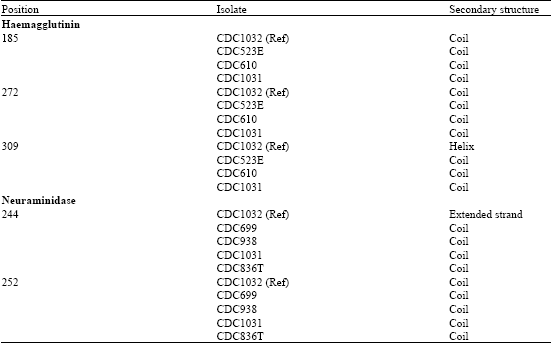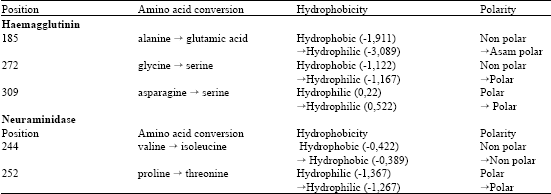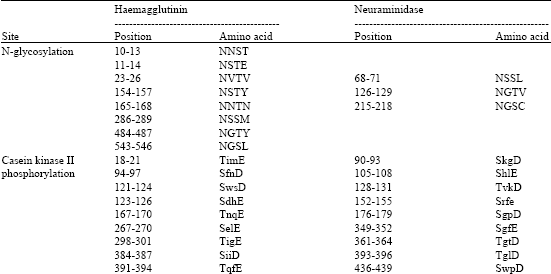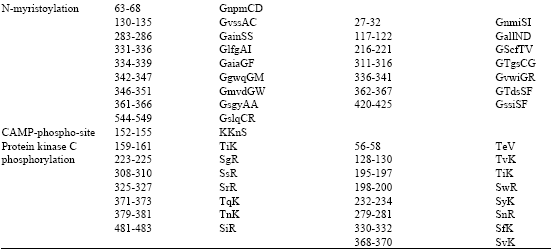Research Article
In silico Mutation Study of Haemagglutinin and Neuraminidase on Banten Province Strain Influenza A H5N1 Virus
Department of Chemistry, Faculty of Mathematics and Natural Sciences, University of Indonesia, Depok Campus, Depok 16424, Indonesia
Oksya Hikmawan
Department of Chemistry, Faculty of Mathematics and Natural Sciences, University of Indonesia, Depok Campus, Depok 16424, Indonesia
Theofilus A. Tockary
Department of Chemistry, Faculty of Mathematics and Natural Sciences, University of Indonesia, Depok Campus, Depok 16424, Indonesia










